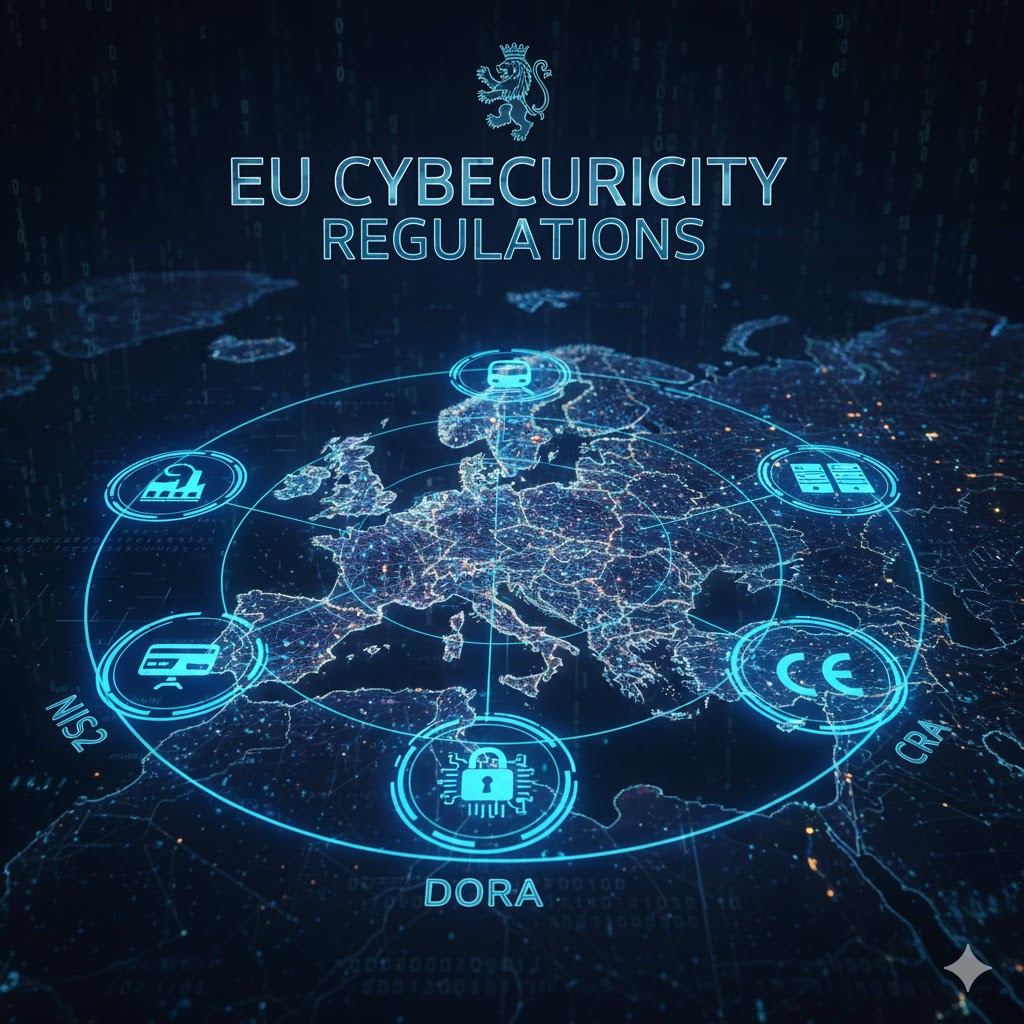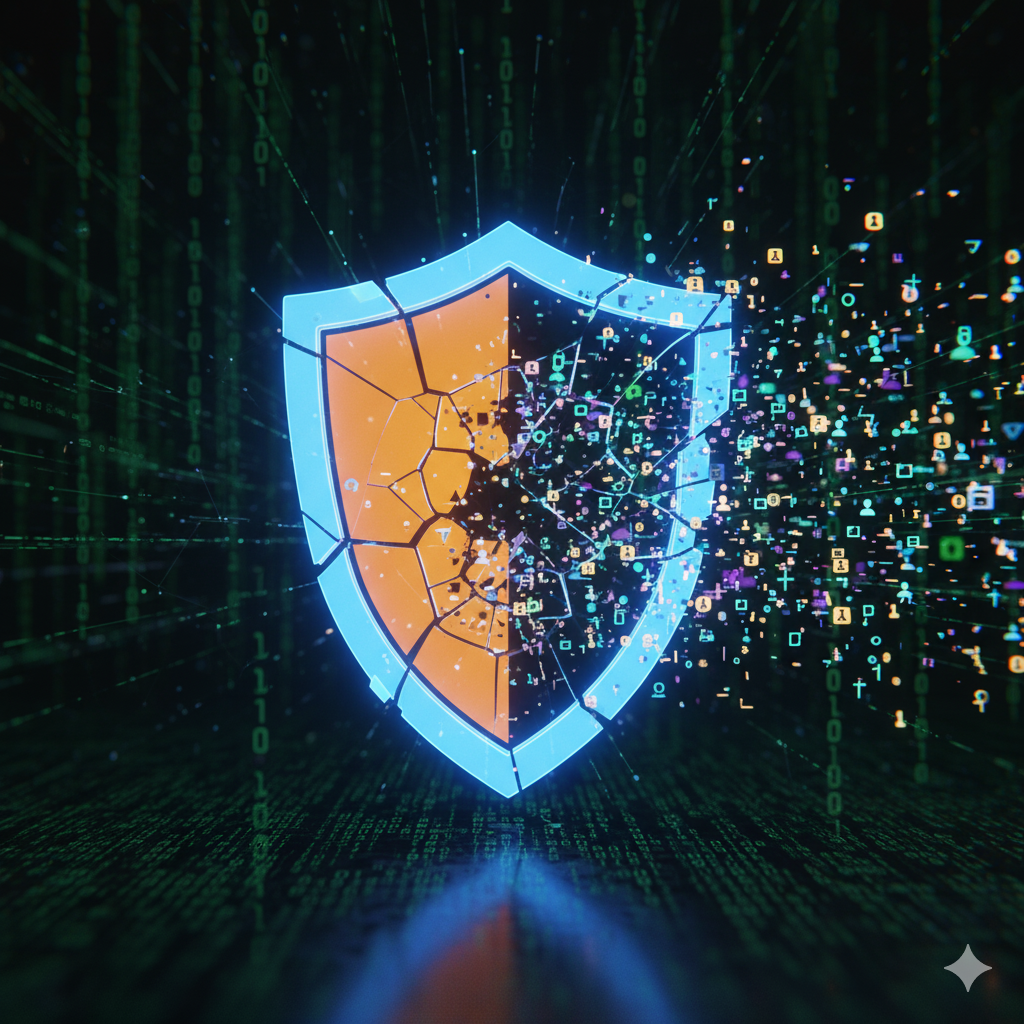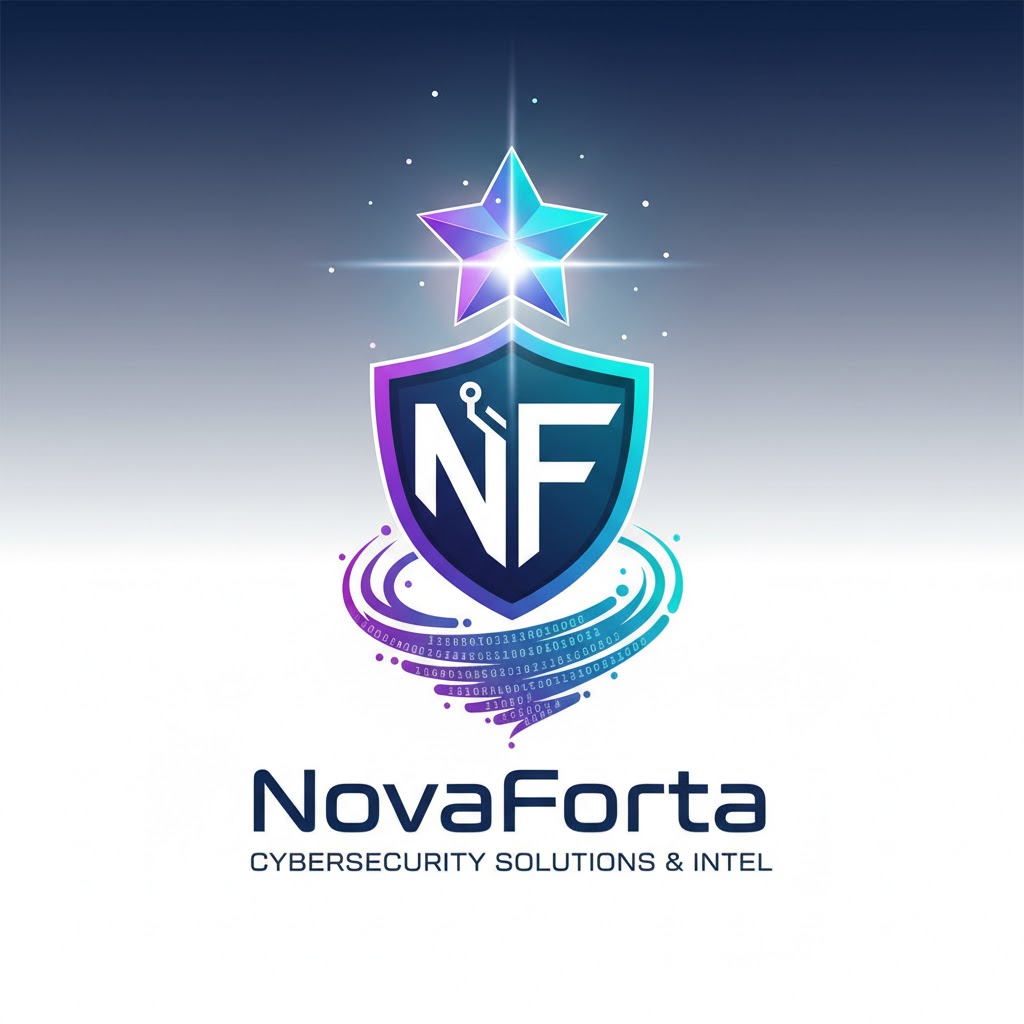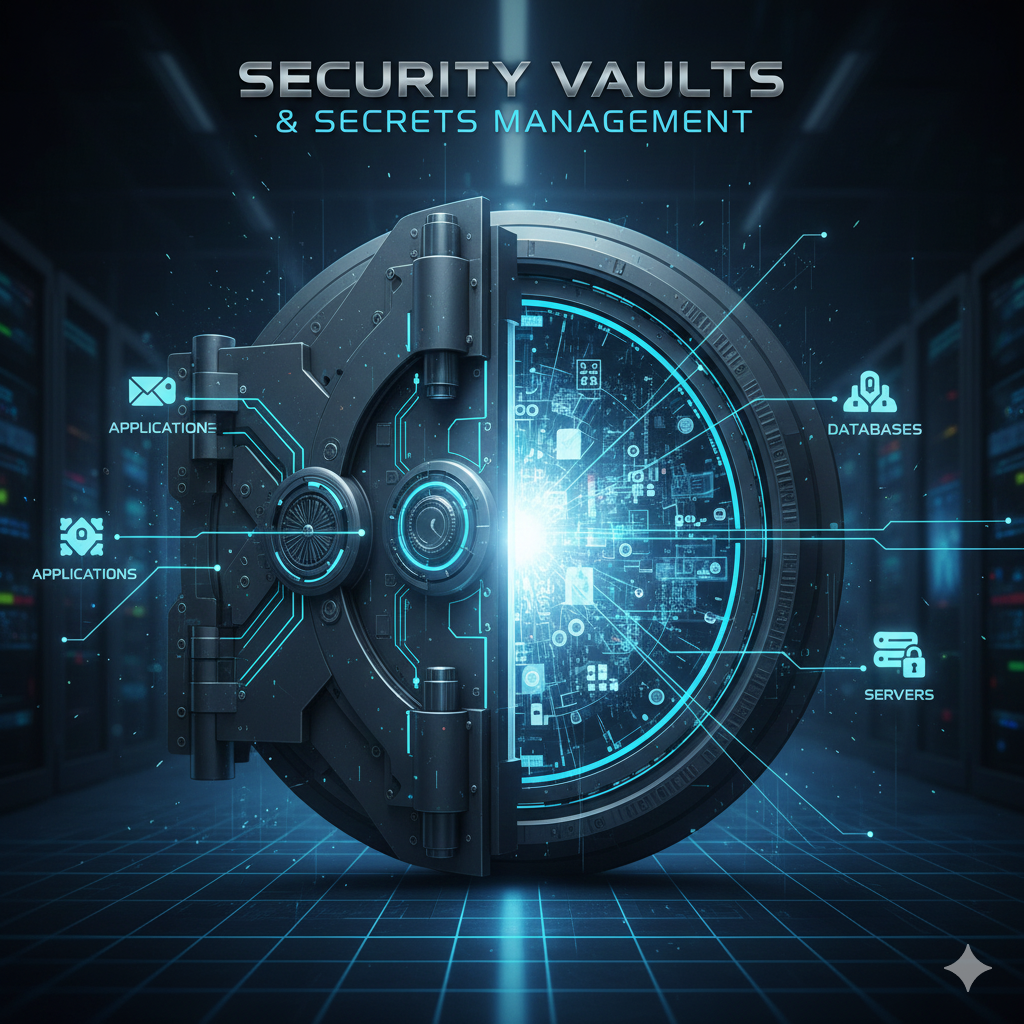The European Union has established itself as a global leader in digital regulation, creating a comprehensive and evolving legal landscape to enhance cybersecurity across all Member States. This wave of legislation aims to shift responsibility to organizations and manufacturers, focusing on resilience, information sharing, and strict penalties for non-compliance.
The current framework rests on three foundational pillars, each addressing a different aspect of the digital world:
1. NIS2 Directive: Protecting Critical Services
The NIS2 Directive (Network and Information Systems Directive 2) is the EU’s cornerstone cybersecurity law, succeeding the original 2016 NIS Directive. It dramatically expands the scope to cover more entities in critical sectors, categorized as either “essential” (e.g., energy, transport, banking, healthcare, digital infrastructure) or “important” (e.g., postal services, waste management, manufacturing).
Key requirements under NIS2 include:
- Mandatory Risk Management: Entities must implement robust technical, operational, and organizational measures, covering areas like incident handling, business continuity, and supply chain security.
- Stricter Incident Reporting: Entities must report significant incidents within set timelines to national authorities (Computer Security Incident Response Teams, or CSIRTs).
- Management Accountability: Top management is directly responsible for ensuring compliance and can face liability for major failures.
- Fines: Penalties for non-compliance are severe, reaching up to €10 million or 2% of the entity’s global annual turnover (whichever is higher) for essential entities.
2. DORA: Securing the Financial Sector
The Digital Operational Resilience Act (DORA) is a dedicated regulation specifically targeting the financial sector (banks, insurance companies, investment firms, etc.). Recognizing that digital risks threaten the stability of the entire financial system, DORA introduces a unified and binding framework for ICT risk management.
DORA’s requirements focus on five key pillars:
- ICT Risk Management: Establishing a comprehensive framework to manage, document, and map ICT systems and dependencies.
- Incident Management & Reporting: Standardizing the process for classifying, managing, and reporting major ICT-related incidents to competent authorities.
- Digital Operational Resilience Testing: Requiring regular testing (including advanced threat-led penetration testing for larger firms) to ensure systems can withstand disruption.
- Third-Party Risk Management: Imposing new contractual obligations and direct oversight over Critical ICT Third-Party Providers (like cloud service vendors) to manage systemic risk.
3. Cyber Resilience Act (CRA): Security by Design
The Cyber Resilience Act (CRA) is a groundbreaking regulation that shifts cybersecurity responsibility upstream to manufacturers of products with digital elements (PDEs)—essentially anything connected to a network, from baby monitors and smart watches to industrial IoT devices.
The CRA mandates a “security-by-design” approach:
- Security Requirements: Manufacturers must ensure their products meet specific mandatory cybersecurity requirements before being placed on the EU market.
- Vulnerability Handling: Manufacturers must manage vulnerabilities effectively throughout the product’s expected lifecycle and provide timely, automatic security updates.
- CE Marking: Products must bear the CE marking to indicate compliance with CRA requirements, simplifying purchasing decisions for consumers and businesses.
By tackling network operators (NIS2), financial institutions (DORA), and consumer products (CRA), the EU is creating a multi-layered legal defense designed to significantly raise the baseline level of cybersecurity across the continent.



